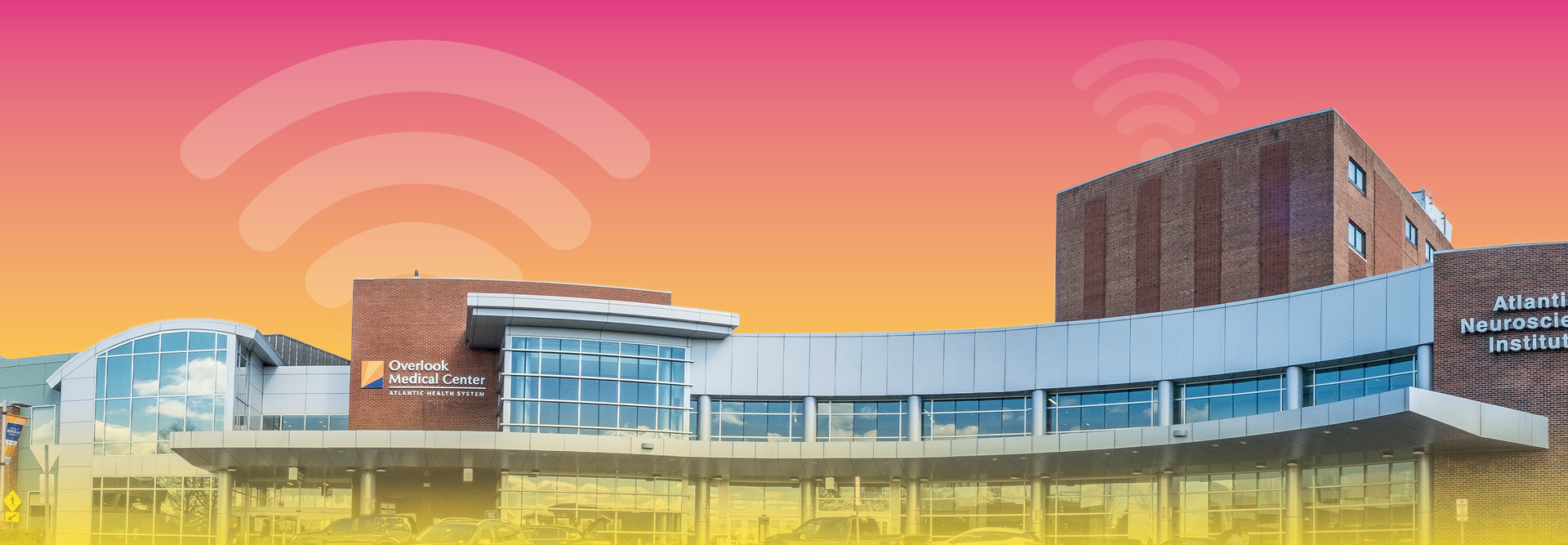Healthcare Organizations Need More Networking ‘Horsepower’
Upgrading the Wi-Fi network should be a central piece of any healthcare organization’s plans to modernize its technology infrastructure, says Philip Bradley, digital health strategist at the Healthcare Information and Management Systems Society.
The demand for greater coverage and bandwidth will only grow in response to new wireless clinical applications and the increased capabilities of mobile workstations, handheld medical devices and other tools, Bradley says. Upgraded networks can also speed the expansion of initiatives such as virtual care and hospital-at-home programs, he adds.
“Doctors are going to expect to access digital pathology files that are as big as a three-hour movie from a device in their pocket,” Bradley says. “Patients want to maintain contact with their practitioners and the people in their lives. All of that takes more horsepower in the Wi-Fi network.”
Some of these capabilities will be available through Wi-Fi 6E, Wi-Fi 7 and even 5G cellular technologies in modernized wireless networks, he says. Along with increased levels of service, upgrading will produce more secure virtual network configurations and enable more effective Wi-Fi management.
However, healthcare has been relatively slow to upgrade Wi-Fi because of cost considerations and a shortage of the skill sets needed to manage the new networks, he adds.
“You obviously need to have a strategy to find those resources, but the focus has to be on the value of the upgrade to the organization, and ultimately to patients,” Bradley says.
READ MORE: Understand Wi-Fi 6E and the future of networking.
Atlantic Health System Makes a Strategic Shift
The upgrade to Wi-Fi 6 allowed Atlantic Health to increase capacity for many more connected devices and applications, Nasir says. The strength of the network has also significantly reduced connectivity issues on internal and guest networks.
“Expanded capacity is crucial in a healthcare environment, where the number of connected devices is exploding and where seamless communication can be a matter of life and death,” he says.
The Juniper Mist platform’s indoor location services based on Bluetooth low energy opened up possibilities beyond connectivity; Atlantic Health plans to leverage the technology for a real-time location system for physical assets in facilities, Nasir says.
The network modernization project spanned two years and involved installing over 4,000 new access points across more than 250 sites.











